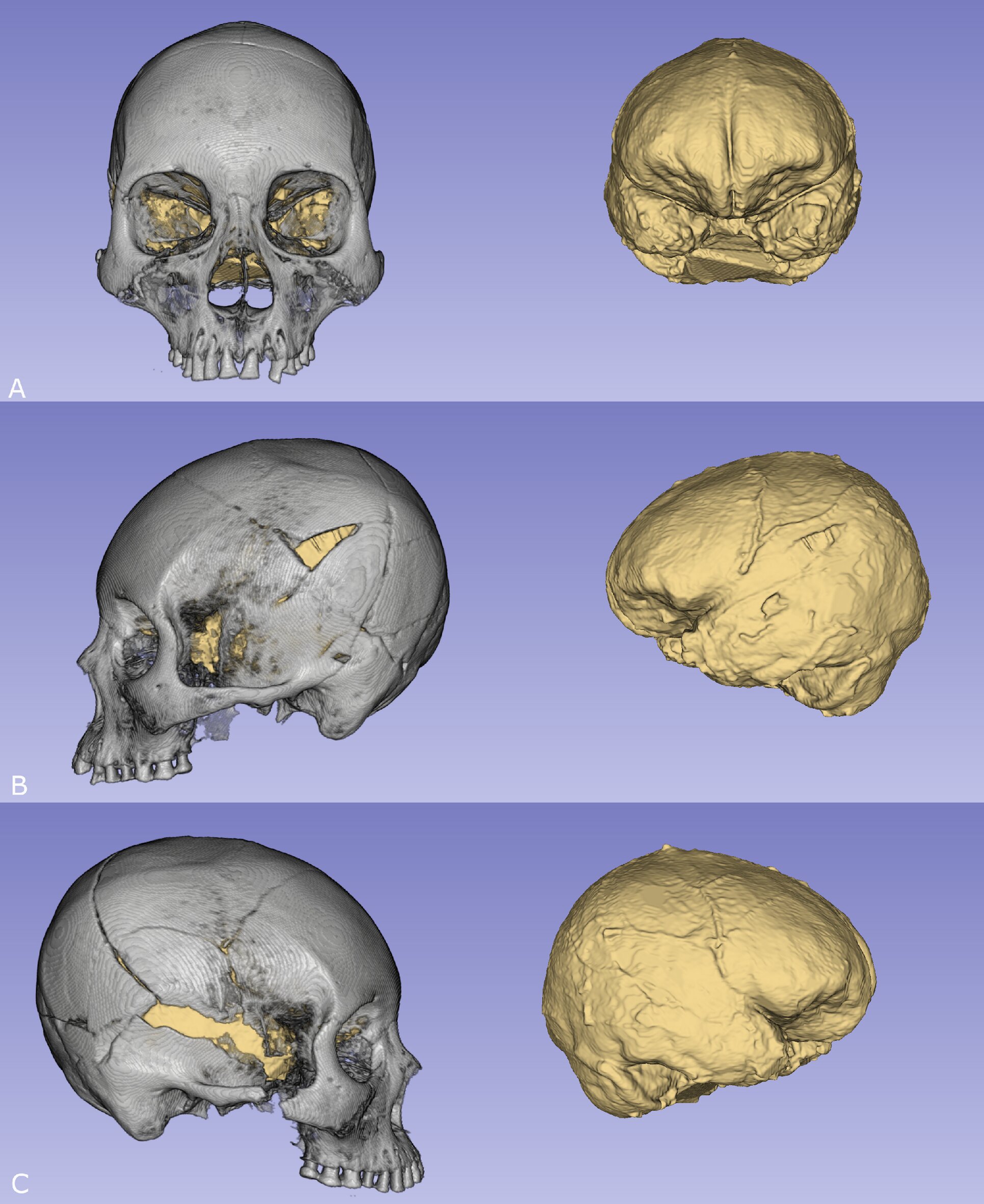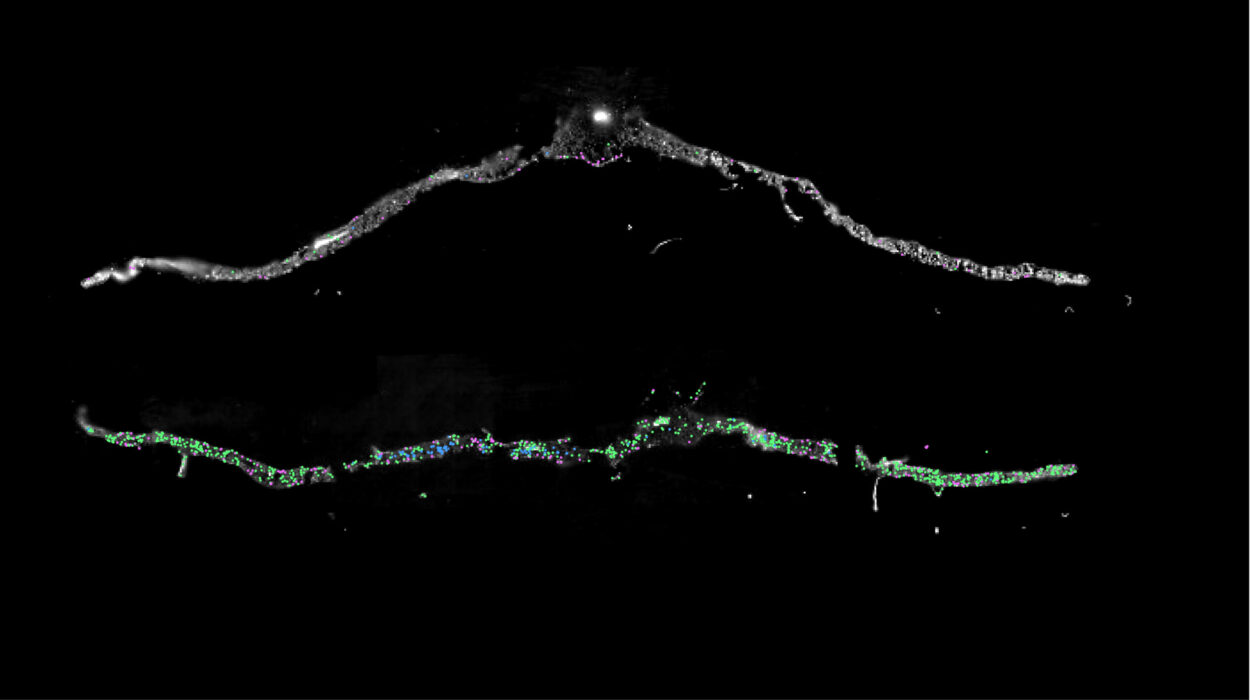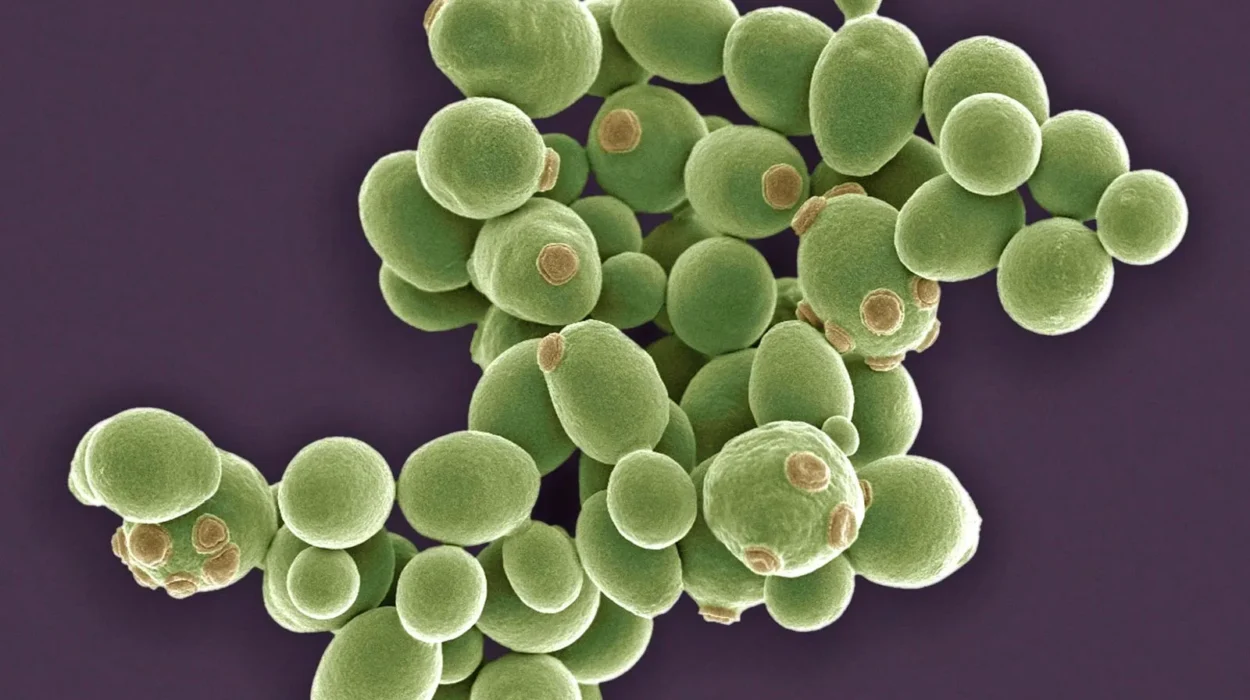In a quiet laboratory nestled in the heart of Chile, a team of scientists is unraveling an intriguing mystery of human evolution. For thousands of years, the inhabitants of northern Chile lived under extreme conditions—hunter-gatherers braving the scorching heat of the Atacama Desert, followed by agricultural communities making their way through the transition to farming. But now, modern Chileans have noticeably changed. They are taller, their heads larger, and their overall physical structure has dramatically evolved. This raises a fundamental question: why have Chileans grown so much over the past few millennia? The answer lies in an unexpected twist of history—improved nutrition, healthcare, and living conditions in the 20th century.
The Mummies that Tell a Story
The story begins not in the present, but in the distant past. The Chinchorro people, ancient hunter-gatherers who lived in one of the driest places on Earth, the Atacama Desert, are some of the oldest mummified humans ever found. They lived around 7,500 to 3,500 years ago and are famous for their sophisticated burial practices. These mummies would hold the key to understanding how human beings adapted to such an unforgiving environment, and perhaps, how their bodies evolved over time.
To gain a clearer picture of the Chinchorro’s physical characteristics, scientists turned to technology. Using state-of-the-art CT scans, they examined 68 mummified skulls from this ancient population. Alongside them, they studied the skulls of nine pre-Hispanic farmers—descendants of the Chinchorro, who began adopting agriculture as their primary way of life. These ancient skulls were then compared to 83 skulls of modern Chileans, scanned in a similar way.
But the research didn’t stop at the skulls. The scientists were after more than just a snapshot of the past; they sought to understand the biological shifts in human form over time. By analyzing chemical traces in the bones, they could uncover the diets of the ancient populations—information that would help them decipher whether food, environment, or other factors were behind the physical changes.
A Tale of Two Eras
The results were stunning. For both the Chinchorro and the early agriculturalists, their head sizes were strikingly similar, averaging around 1,321 cubic centimeters for the Chinchorro and 1,336 cubic centimeters for the farmers. But the modern Chileans? They have heads that are, on average, 1,481 cubic centimeters—substantially larger than those of their ancestors. And when it came to height, the trend was the same: modern Chileans were considerably taller than the Chinchorro or the early farmers.
So, what does this mean? The study reveals that the most dramatic physical changes did not come from the shift from hunting and gathering to farming, as one might expect. The significant growth in head size and stature only appeared in the modern era, with the biggest changes occurring in the 20th century. This period of unprecedented advancement in public health, nutrition, and healthcare seems to have been the true catalyst for these biological changes.
One of the study’s authors, reflecting on the findings, stated, “The marked increases observed in modern individuals have been associated primarily with improved nutrition, health care, and overall living conditions since the 20th century.” In other words, while diet may have played a role in earlier changes, the rapid physical growth of modern Chileans is a direct result of modern advancements in quality of life.
The Power of Environment and Health
What makes this research so compelling is the way it illustrates the power of environment and societal improvements in shaping human biology. It shows us that, as humans, we are not just products of our genetics; we are also deeply influenced by the environments in which we live. The Chinchorro survived in one of the harshest climates in the world, where survival depended on their ability to adapt to extreme conditions. But with the advent of modern healthcare and better living conditions, human beings can now thrive in ways that were previously impossible.
As the 20th century saw the introduction of better medical care, more varied diets, and improved sanitation, these factors directly influenced physical development. Larger heads and taller statures are signs of better nutrition, which in turn promotes healthier growth and cognitive development. These changes are not just cosmetic—they speak to a society’s ability to provide for its people, ensuring that the next generation is healthier and stronger.
The research also suggests that the adaptation from ancient hunter-gatherer societies to agricultural ones didn’t result in significant physical change, as might have been predicted. It wasn’t until the modern era—when the major advancements in nutrition and healthcare took root—that humans began to see notable shifts in their physical forms.
Why This Research Matters
This study is more than just a glimpse into the past; it holds important lessons for the future. It underscores how deeply the environment, social conditions, and technological progress can shape human biology. The Chinchorro, who lived in a time when survival was an everyday challenge, showed us the resilience of the human body in extreme conditions. But it’s the modern Chileans who serve as a testament to the potential of societal advancements to radically change the human experience.
In a world where inequality still exists and access to basic healthcare and nutrition is far from universal, this research is a reminder of how progress in public health can lead to tangible changes in the well-being of entire populations. As societies continue to evolve, we may see even more physical and cognitive advances that are influenced by the environments we create for future generations.
This study also raises fascinating questions about how we can continue to improve our lives and health. If better nutrition and healthcare have already led to such dramatic changes, what other possibilities lie ahead? Could advances in genetics, medicine, and technology lead to even greater transformations in human health and development?
In the end, this research reminds us that we are not static beings. We evolve, adapt, and grow—not just biologically, but as a society, and as individuals. What we see today in modern Chileans—taller, larger, healthier—is the result of centuries of human ingenuity and perseverance. And as we look to the future, it is clear that the story of human evolution is far from over.
More information: Gonzalo M. Rojas-Costa et al, Intracranial volume variation in Chinchorro mummies: a comparative study with pre-hispanic farmers and contemporary Chilean populations, Scientific Reports (2025). DOI: 10.1038/s41598-025-25186-y






